-
Looking for natural remedies to alleviate stress and cough? You don't have to look any further than the power of plants! An herbalist is an expert in using plants for healing, and two herbs that can help you feel better are Ashwagandha and Horehound. Ashwagandha can help relieve stress and promote relaxation, while Horehound is lovely in tea to soothe irritating coughs.
However, it's important to remember that herbal remedies should be used cautiously. Before becoming your own herbalist, talk with your doctor or conduct thorough research on how to use these herbs medicinally.
At The Growers Exchange, we're passionate gardeners who understand the value of natural remedies but always prioritize safety and caution when it comes to our customers' health.
WHAT WILL BE IN YOUR BOX:
GINGER


ASHWAGANDHA

CALENDULA

MARSHMALLOW

HOREHOUND

VICK'S PLANT

Looking for natural remedies to alleviate stress and cough? You don't have to look any further than the power of plants! An herbalist is an expert in using plants for healing, and two herbs that can help you feel better are Ashwagandha and Horehound. Ashwagandha can help relieve stress and promote relaxation, while Horehound is lovely in tea to soothe irritating coughs.
However, it's important to remember that herbal remedies should be used cautiously. Before becoming your own herbalist, talk with your doctor or conduct thorough research on how to use these herbs medicinally.
At The Growers Exchange, we're passionate gardeners who understand the value of natural remedies but always prioritize safety and caution when it comes to our customers' health.
WHAT WILL BE IN YOUR BOX:
GINGER |
 
|
ASHWAGANDHA |
|
CALENDULA |
 |
MARSHMALLOW |
 |
HOREHOUND |
 |
VICK'S PLANT |
 |
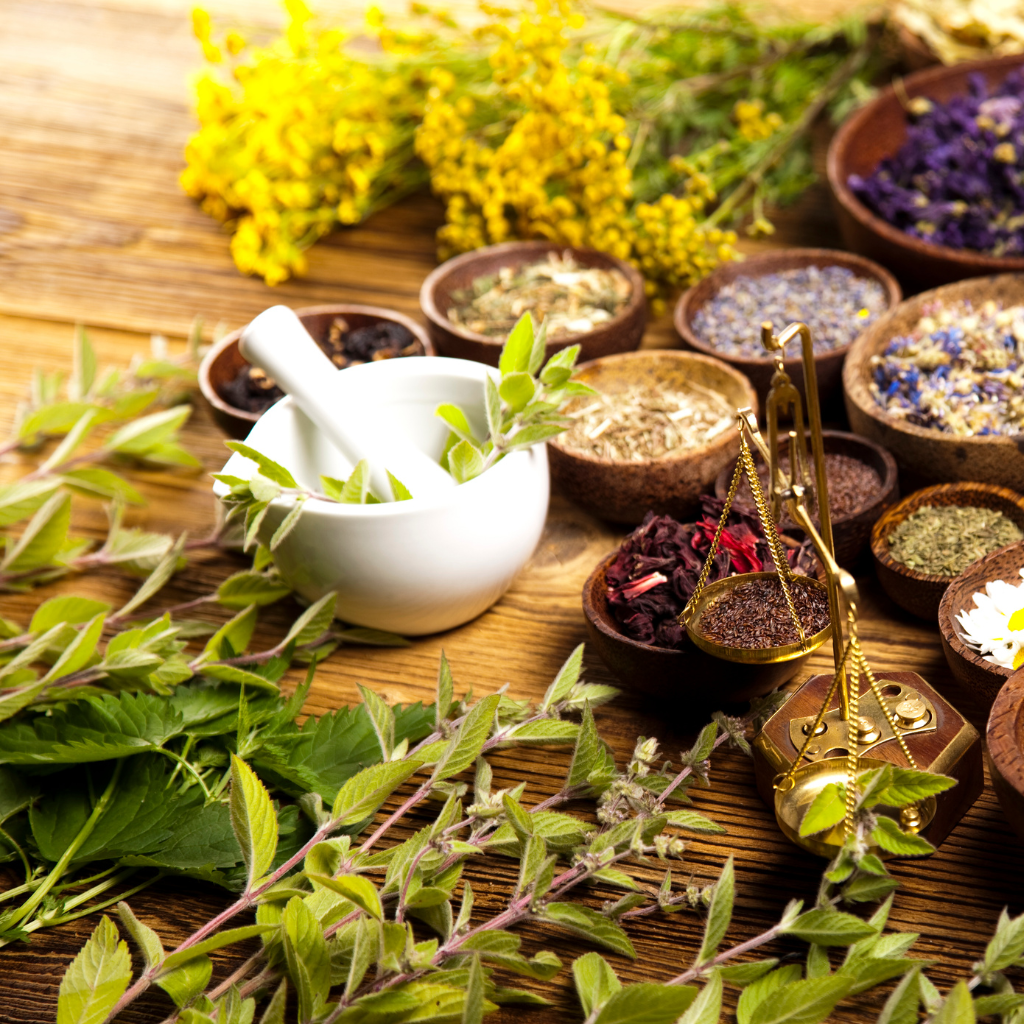
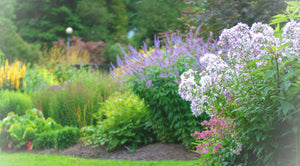
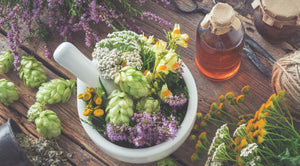
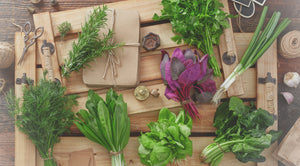
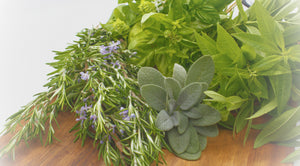
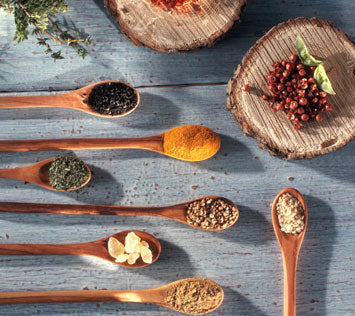
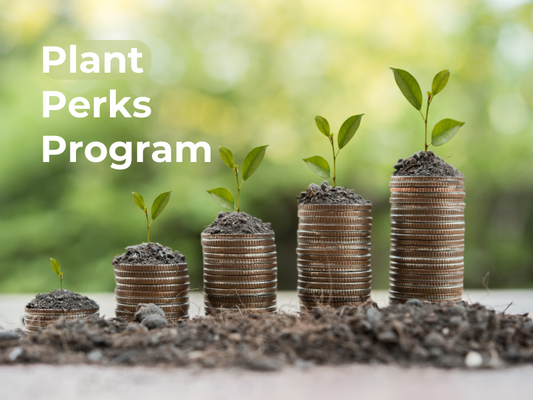

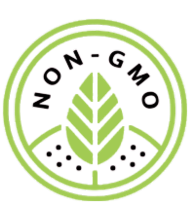


 Medicinal
Medicinal
 Rare
Rare